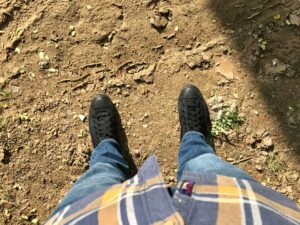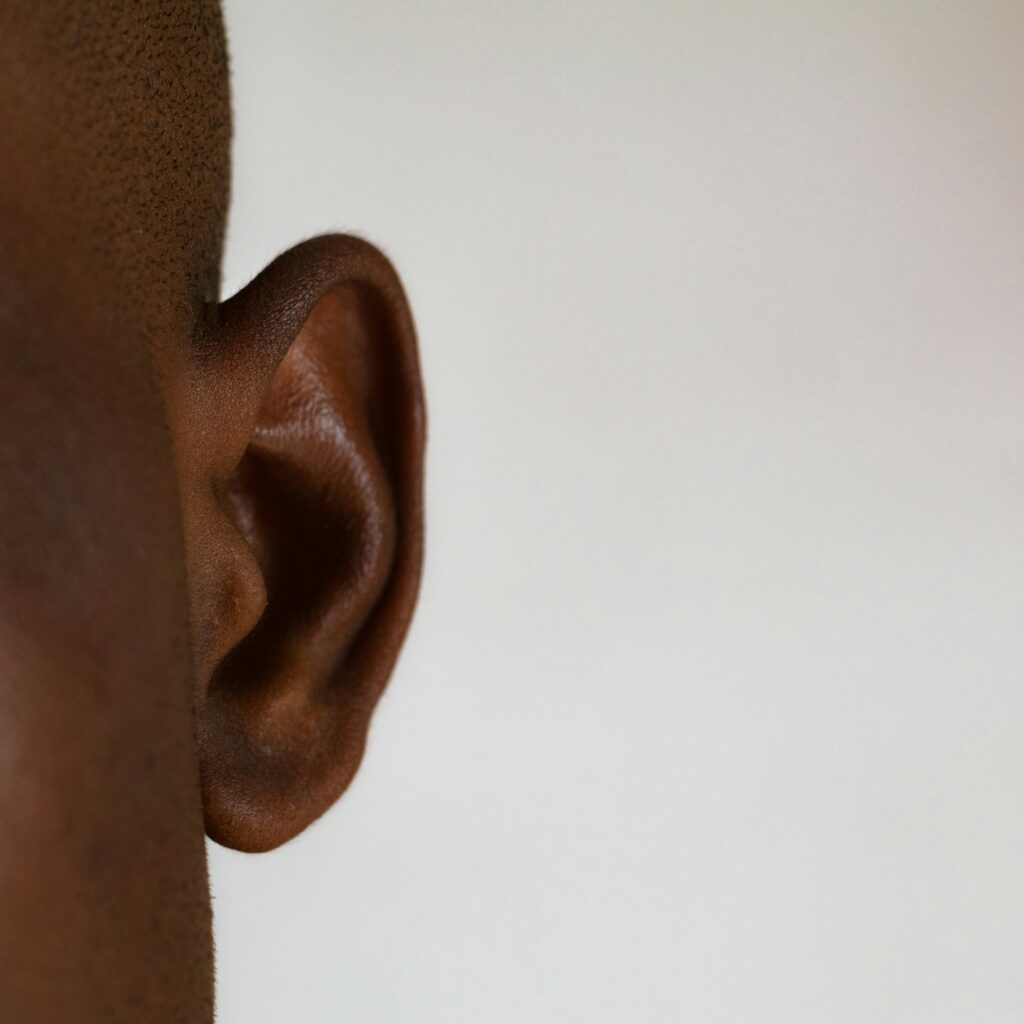 Some of you are aware that my husband, Ken, experienced a pulmonary embolism last fall, but before that occurred, he was dealing with a chronic light-headed feeling, which sometimes escalated to temporary dizziness, not as extreme as vertigo, but serious enough to prevent many of the activities he enjoyed. He was in the process of testing to learn the source of his lightheadedness when the blood clot sidelined him, and we had to redirect our focus.
Some of you are aware that my husband, Ken, experienced a pulmonary embolism last fall, but before that occurred, he was dealing with a chronic light-headed feeling, which sometimes escalated to temporary dizziness, not as extreme as vertigo, but serious enough to prevent many of the activities he enjoyed. He was in the process of testing to learn the source of his lightheadedness when the blood clot sidelined him, and we had to redirect our focus.
Once he was stabilized, we continued the search for answers. Following consultations with a headache specialist, neurologist, ENT, and finally a number of sessions of physical therapy plus new lenses from an eye specialist, the conclusion was reached that he had experienced damage to his vestibular system. What you say…..is that?
In simple layman’s terms, it’s what keeps you balanced so that you can stand, walk, and run without falling. This complex system is located inside your inner ear, where it senses your head movements and forwards data to your brain regarding your position and orientation within your surroundings. Your brain then integrates this data with information from your eyes, muscles, and joints. Once this data is assimilated, your brain is equipped to signal your body with the correct information to maintain balance. When damage happens to tiny hairs within the system that read the body’s movements, incorrect messages are sent to the brain, thus creating a feeling of imbalance and lightheadedness.
 We don’t know for sure what caused the damage to the vestibular system, but physical therapy and new lenses have worked wonders to improve his condition. The therapists really put him through his paces. At first, it was simple eye exercises, following moving objects with eyes only, then moving the head side to side and up and down while remaining focused on a motionless item. From there, he was asked to walk down a long hallway with a card of words in each hand, held out to his sides, looking back and forth to read a sentence, word one on the left card, word two on the right, and so on. Then the left card was angled above the head and the right down by his hip so that he was looking diagonally up and down to read the sentences. And, you guessed it, he had to reverse the hand positions and repeat the exercise. It kept getting more complicated from there.
We don’t know for sure what caused the damage to the vestibular system, but physical therapy and new lenses have worked wonders to improve his condition. The therapists really put him through his paces. At first, it was simple eye exercises, following moving objects with eyes only, then moving the head side to side and up and down while remaining focused on a motionless item. From there, he was asked to walk down a long hallway with a card of words in each hand, held out to his sides, looking back and forth to read a sentence, word one on the left card, word two on the right, and so on. Then the left card was angled above the head and the right down by his hip so that he was looking diagonally up and down to read the sentences. And, you guessed it, he had to reverse the hand positions and repeat the exercise. It kept getting more complicated from there.
The real fun began when he was told to stand perfectly still on a two-inch foam pad with his feet together, then to turn his head right and left to a count of 20, then up and down for the same count. Next, he had to turn his head and accomplish the up and down movement with his eyes closed. To go a step further, he was asked to place one foot halfway in front of the other and eventually one foot completely in front of the other, still executing the side-to-side as well as up and down head movements. If you think it sounds easy, try it. I have trouble with a non-moving floor, the balance pad is quite a challenge.
When he had achieved fairly good proficiency on the pad, he was released to work at home. So when I grab my workout pad, he grabs his balance pad, and we work at the same time. The trick for him is to make himself somewhat dizzy in order to retrain the brain to send the correct messages to the rest of his body.
As I watched him, and occasionally snickered when he became a little tipsy, I began to think about other things in our lives that need to be kept in balance. A couple of devotions that I read on the same day discussed balancing our opinions of ourselves. It’s easy to think too highly of ourselves when things are going just the way we want, and, conversely, when life throws us curveballs, we begin to believe we can do nothing right. Somewhere in the middle lies the truth of how we should regard ourselves.
**Dead center between “I can do anything” and “I can’t do anything” lies…..
“I can do all things through Christ who strengthens me” Philippians 4:13
Paul, the author of Philippians, knew all too well how much he needed the constant support of his Lord and Savior. Most of us have known nothing like the eye-opening experience that Paul had on the road to Damascus when he was struck blind by an encounter with God. You can read about this encounter in the book of Acts, Chapter 9. My point in this missive is that we need not think too highly of ourselves, nor should we be hyper-critical of our actions. Just as Ken must train his whole body to stay upright on his balance pad, we need to find a proper balance in our opinions toward self, and to do that, we must remain close to the real source of our strength, just as Paul learned to do. But, as Pastor Dennis showed us in last Sunday’s message, he had to work hard at it. (See Romans 7:15-25)
Neither omnipotent nor impotent, neither God’s MVP nor God’s mistake. Not self-secure or insecure—a self-worth based on our identity as children of God. The proper view of self is in the middle. Max Lucado, Cure for the Common Life
**The quote is taken from Max Lucado’s Cure for the Common Life. The first portion is in Lucado’s words, and the quote concludes with the Biblical reference from Philippians


